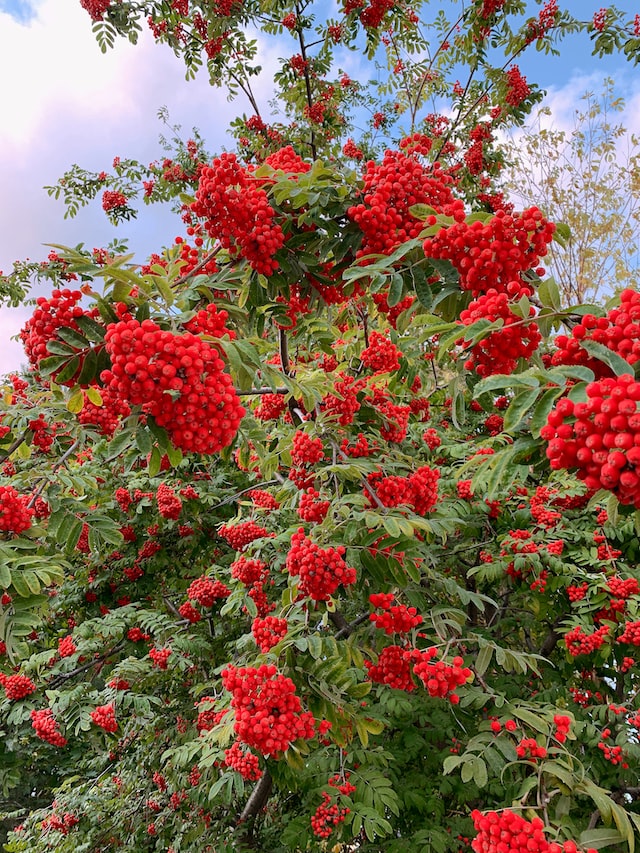Fruit Tree Fundamentals
This is an excerpt from the Book called “The Backyard Orchardist” by Stella Otto. Continue reading to learn more about ” Fruit Tree Fundamentals” , thanks to the author.
Fruit Fundamentals
Understanding the growth habits of specific tree fruits will make caring for them easier and growing them more successful.
So you want to grow your fruit tree from seed….
Most people who are unfamiliar with fruit growing might assume that if you want to grow a fruit tree, like Johnny Appleseed, you just plant a seed from the fruit you want, let’s say McIntosh apple, and a tree will grow. Indeed, a tree will grow, but it is unlikely to be the McIntosh apple tree you expected. Like other organisms that reproduce sexually, fruit trees grown from seed most likely will not turn out to have characteristics identical to the tree from which they came. Due to the genetic mixing process that takes place during pollination, they can be as different from their parents as we are from ours.

Fruit trees today are usually reproduced through a process called a clonal propagation. Through this process many exact duplicates of a particular parent tree are made. Typically a small sample of parent tissue (usually a single bud, or a short piece of dormant shoot) is grafted onto a specially selected piece of root system. The bud or piece of vegetative shoot is known as the scion. The piece of root system is known as the rootstock. Most of these selected rootstock pieces have also been reproduced through one of the numerous methods of clonal propagation (usually division) so that they, too, will be identical to their parent. There are several different clonal propagation techniques, some of which the backyard gardener may eventually enjoy trying.
As we begin to understand the fruit tree, we need to realize we are actually dealing with two separate parts: the top portion of the tree, or scion, and the rootstock or understock. The scion is the part that normally bears the particular variety: McIntosh apple or Bosc pear. Any given fruit variety has a number of different growth characteristics that are important to understand if you want to grow a fruitful tree. Likewise, the rootstock also has its own distinct characteristics. The chapters in this section will talk more specifically about these characteristics in the context of each particular fruit.


“Now, what about planting that fruit seed? Surely, I can grow a tree from that”, you might wonder. Well, technically yes, you can grow a fruit tree from that seed. This is done when one desires what is called a seedling rootstock. Seedling rootstocks are sometimes used for apple, peach, and pear. They are most commonly chosen when dealing with a scion variety that may have graft union incompatibilities with certain dwarf rootstock or when natural adaptation to the fruit’s indigenous location is desired, such as disease resistance, winter hardiness, or tolerance to particular soil types.
Presumably, Johnny Appleseed procured his rootstocks by growing out seeds he planted. However, he likely still grafted scions of desirable varieties to the root systems he grew from seed. Among the reasons that fruit trees are not grown directly from seed are:
- The trees that result are normally very large, often up to 30 feet or taller,
- The resulting scion variety will be highly variable, rarely will they have a desirable flavor or useful characteristics, and
- It takes many more years for a seedling tree to reach maturity and start producing a crop than is typical for most of the clonally propagated trees available today.
Now, let’s explore your favorite tree fruit and what you need to know to get to that fruitful harvest!

